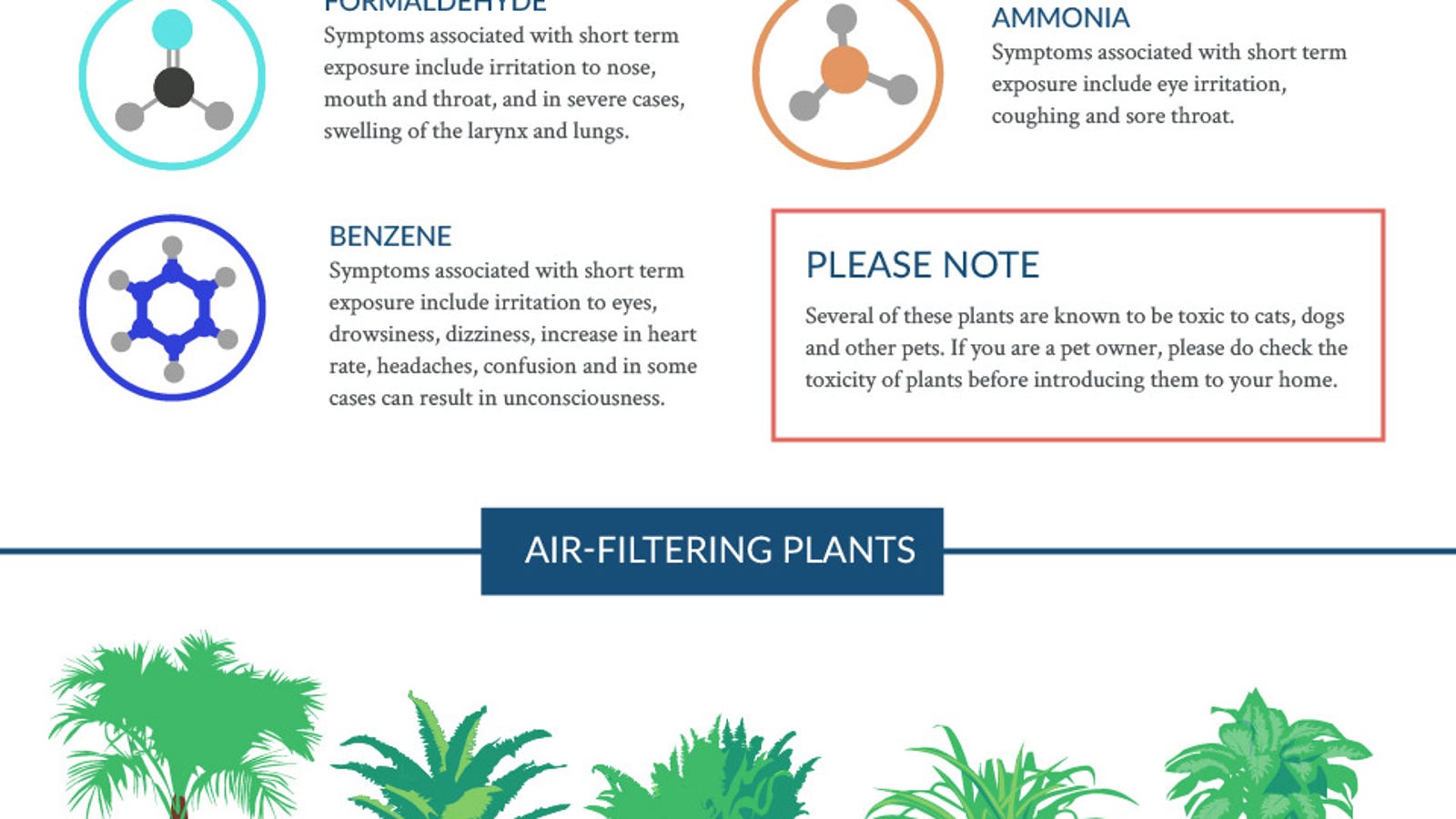The Future Of Home Home Heating - How Heat Pump Innovation Is Evolving
The Future Of Home Home Heating - How Heat Pump Innovation Is Evolving
Blog Article
Material Author-Rosenthal Roy
Heatpump will be a crucial modern technology for decarbonising home heating. In a circumstance consistent with federal governments' announced power and climate commitments, their global capacity increases by 2030, while their share in heating rises to one-quarter.
They work best in well-insulated homes and depend on electrical energy, which can be supplied from a sustainable power grid. Technological advancements are making them more efficient, smarter and less costly.
Gas Cells
Heatpump utilize a compressor, cooling agent, coils and followers to move the air and warmth in homes and home appliances. They can be powered by solar energy or power from the grid. They have actually been obtaining popularity because of their inexpensive, silent procedure and the capacity to produce electricity throughout peak power demand.
Some business, like IdaTech and BG MicroGen, are working with gas cells for home heating. These microgenerators can change a gas boiler and create a few of a home's electrical demands with a link to the electricity grid for the rest.
However there are factors to be unconvinced of using hydrogen for home heating, Rosenow states. It would certainly be pricey and inefficient contrasted to other technologies, and it would certainly add to carbon exhausts.
Smart and Connected Technologies
Smart home technology permits house owners to link and control their gadgets from another location with the use of mobile phone apps. As an example, clever thermostats can learn your home heating choices and automatically adjust to optimize energy usage. Smart illumination systems can be regulated with voice commands and automatically shut off lights when you leave the area, decreasing power waste. And wise plugs can check and manage your electric use, permitting you to identify and restrict energy-hungry devices.
The tech-savvy household portrayed in Carina's interview is an excellent image of how occupants reconfigure room heating techniques in the light of brand-new clever home innovations. They rely on the tools' automatic functions to accomplish day-to-day modifications and concern them as a hassle-free methods of conducting their heating methods. Because of this, they see no reason to adapt their methods additionally in order to enable adaptability in their home power demand, and interventions targeting at doing so might encounter resistance from these houses.
Electrical energy
Given that warming homes make up 13% of US emissions, a switch to cleaner options can make a big distinction. But the modern technology deals with difficulties: It's expensive and needs substantial home remodellings. And it's not constantly compatible with renewable resource sources, such as solar and wind.
Until lately, electric heatpump were too expensive to compete with gas versions in many markets. But brand-new advancements in style and products are making them extra budget friendly. And far better cool environment performance is allowing them to operate well also in subzero temperatures.
The next action in decarbonising heating may be using heat networks, which draw warmth from a central resource, such as a neighboring river or sea inlet, and distribute it to a network of homes or buildings. That would reduce carbon discharges and allow households to make use of renewable resource, such as green electricity from a grid supplied by renewables. This alternative would certainly be much less costly than switching over to hydrogen, a nonrenewable fuel source that needs brand-new infrastructure and would only lower carbon dioxide discharges by 5 percent if coupled with boosted home insulation.
Renewable Energy
As electrical power prices go down, we're beginning to see the exact same fad in home heating that has driven electrical cars into the mainstream-- but at an also quicker pace. The solid climate instance for electrifying homes has actually been pushed additionally by new study.
Renewables make up a substantial share of contemporary warm intake, yet have been provided limited policy attention around the world compared to other end-use sectors-- and even less interest than electricity has. Partly, this reflects a mix of consumer inertia, divided rewards and, in many countries, aids for fossil fuels.
New innovations can make the change less complicated. For example, heat pumps can be made more power reliable by replacing old R-22 cooling agents with new ones that don't have the high GWPs of their precursors. https://news.samsung.com/my/staying-cool-and-healthy-as-you-work-live-and-play-at-home imagine district systems that draw warmth from a neighboring river or sea inlet, like a Norwegian arm. The warm water can then be used for heating & cooling in a community.